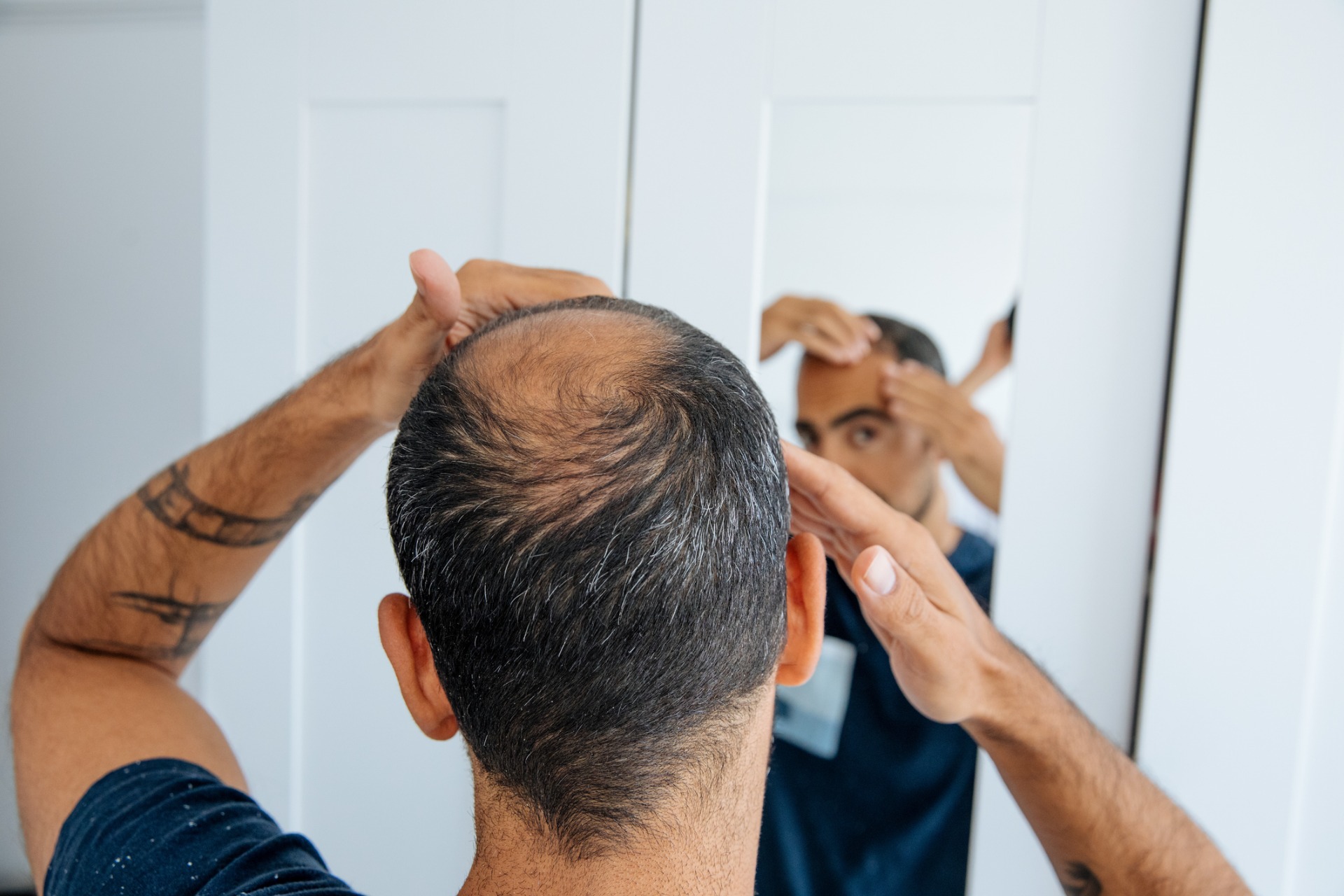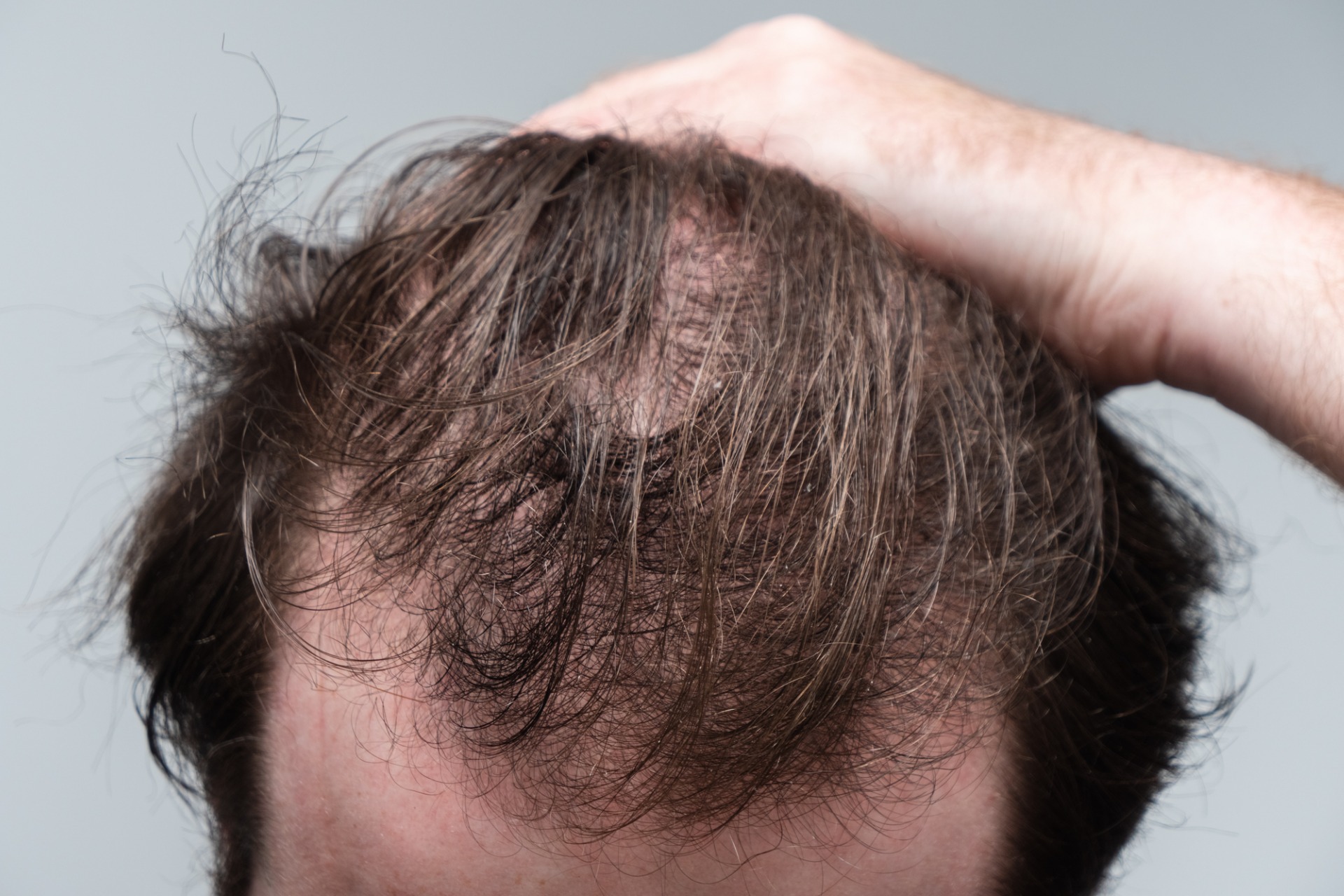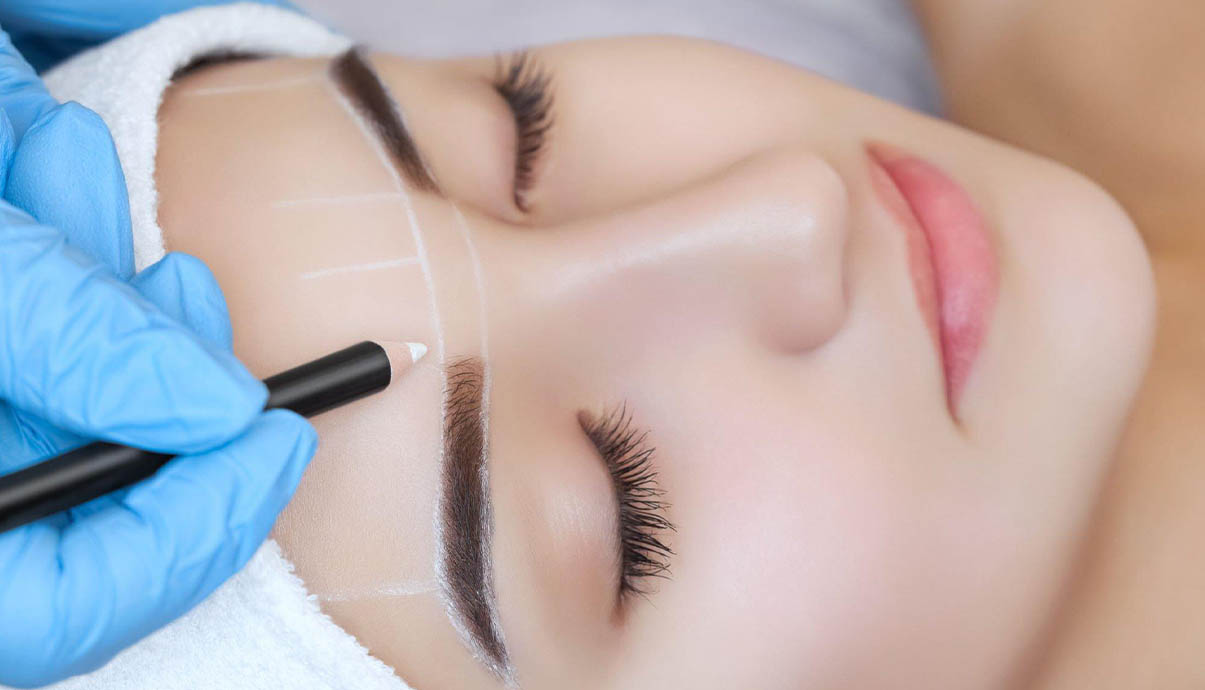
How Hair Loss Affects Men’s Confidence
Hair loss is a common problem among men, and studies show that it significantly affects their self-esteem. It is also called male pattern hair loss, male pattern baldness, androgenic alopecia, or androgenetic alopecia. What are the causes of hair loss, and what can men do about it? This article will explore these issues and possible solutions for hair regrowth for men.
Hair Loss in Men is a Widespread Problem
Data shows that hair loss is a pervasive problem among men. The U.S. National Library of Medicine reports that male pattern baldness affects about half of all Caucasian men and is handed down in families.
According to the American Hair Loss Association, male pattern hair loss is progressive and can start early in some. With age, the majority of men will suffer male pattern hair loss. Even before the age of 21, around a fourth of men with male pattern baldness begin losing hair. Two-thirds of male Americans already have some noticeable male pattern hair loss at 35. Among men aged 50, 85% have substantial hair thinning.
A 1998 study confirms the prevalence of male pattern hair loss and how it worsens with age. Results show that 42% of men have hair loss categorized as moderate to extensive, while 12% have mostly frontal baldness. Among men aged 18 to 29, 16% already have these types of hair loss. The ratio goes up to 53% among men aged 40 to 49.
Hair Loss Greatly Affects Men’s Self-Confidence
WebMD cites experts and studies showing how much male pattern hair loss negatively affects self-esteem. Nikola Djordjevic, M.D. notes that long and thick hair symbolized vitality and masculinity in ancient times. Therefore, for centuries, hair loss has caused depression among men as it represents the opposite, which is age and weakness. Paul Greene, Ph.D., a psychologist, adds that men who value their appearance suffer a tremendous blow to their self-esteem when they start losing hair.
A study published in the International Journal of Trichology in 2019 showed that male pattern hair loss resulted in a lower quality of life, especially concerning self-image and interpersonal relations.
A study in 2009 among men aged 25 to 49 in six countries focused on those who sought medical treatment for male pattern hair loss. Up to 82% were highly concerned about their worsening condition and had made great efforts to gather information before going to a physician. Almost three-fourths or 73% tried non-prescription treatments before but were dissatisfied with the results.
Indeed, the American Hair Loss Association warns that the market is flooded with products in the hundreds with false claims to restore hair growth. Consumers must beware.
Types and Measurement of Male Pattern Hair Loss
There are two common patterns of male hair loss.
- Hair recedes first at the temples, with the hair loss spreading to the top of the head.
- Hair uniformly recedes from the frontal hairline backward.
Most clinicians use the Norwood classification system to measure the extent and pattern of male pattern hair loss for diagnosis, treatment recommendations, and monitoring of treatment results. The scale has seven levels.
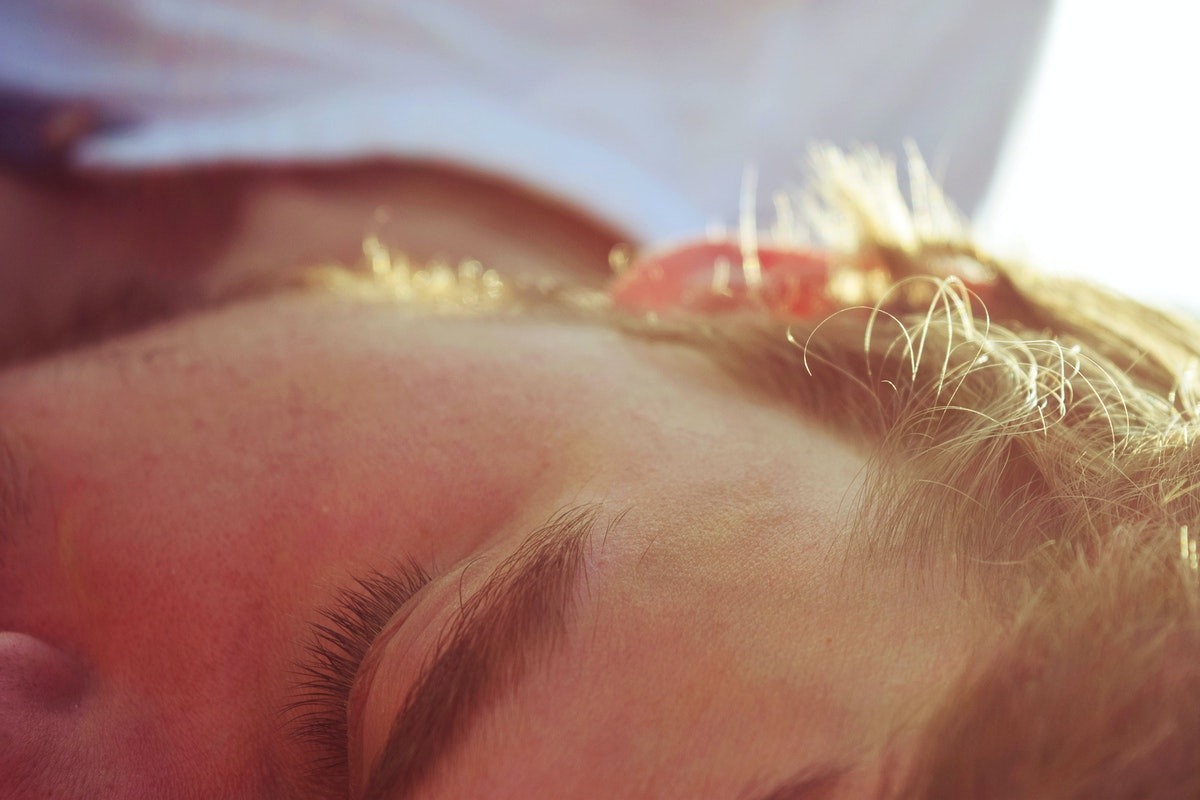 Why Do Men Lose Hair?
Why Do Men Lose Hair?
The American Hair Loss Association attributes 95% of male hair loss to hereditary male pattern hair loss or male pattern baldness, also known as androgenetic alopecia. Those who inherit this genetic trait have hair follicles sensitive to dihydrotestosterone (DHT), a testosterone byproduct.
Usually, a hair strand grows from a hair follicle for two to six years and then falls out. The follicle then begins to develop a new hair strand. With exposure to DHT, the hair follicles shrink, and the hair strands they produce become thinner and fall out after only months, then weeks. As the follicles continue to shrink, the life span of the hair they make continues to decrease. At a certain point, the follicles stop hair production altogether.
There are also other possible causes of male hair loss, and a physician will check to rule out these causes. They cause hair loss in spots all over the scalp instead of the two leading male hair loss patterns. They also often come with other symptoms apart from hair loss.
Alopecia Areata
That is a condition in which the immune system attacks the otherwise healthy hair follicles. The hair can fall out not only from the scalp but also from the eyebrows and eyelashes. There is no guarantee that the hair will grow back.
Telogen Effluvium
A system shock or psychological stress due to surgery, severe illness, an accident, or extreme weight loss can cause excessive hair loss after two to three months. With this trigger, hair regrowth usually occurs after two to six months.
Nutritional Deficiency
For healthy growth, hair needs adequate levels of protein, iron, vitamin D, and other essential nutrients and vitamins. Deficiencies can cause hair loss.
Certain Medications
Some medications cause hair loss. When the patient stops taking them, hair usually regrows. Do not stop taking any medicines without your doctor’s approval, though. You can face far more significant health risks. Following are some of the medications linked with hair loss:
- chemotherapy medication
- immunosuppressants
- cholesterol-lowering medication, including atorvastatin (Lipitor) and simvastatin (Zocor)
- blood pressure medication, including ACE inhibitors and beta-blockers
- anticoagulants, including warfarin and heparin
- antidepressants, including fluoxetine (Prozac) and sertraline (Zoloft)
- acne medication, including isotretinoin (Accutane)
- antifungal medication, specifically voriconazole
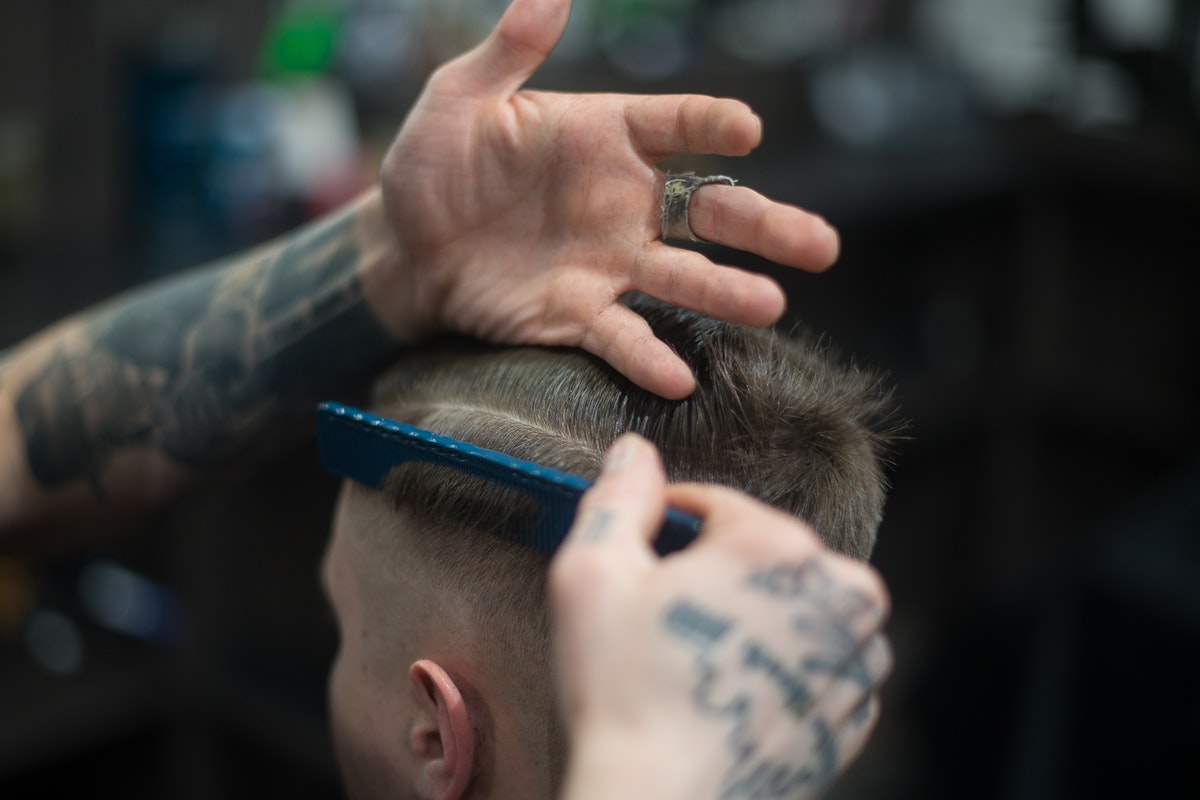 What are the Possible Solutions for Hair Regrowth for Men?
What are the Possible Solutions for Hair Regrowth for Men?
In hair regrowth for men, the earlier you start hair loss treatments, the greater your chance for success. You can slow down the deterioration of hair follicles, but once they have been inactive for two years, you can no longer revive them. If your hair loss is substantial, a hair transplant is your best option.
Over-the-Counter (OTC) Treatment: Minoxidil
Minoxidil is sold as Rogaine. The American Hair Loss Association acknowledges that it may help a few users but does not recommend it as the first option for treating male pattern hair loss.
Minoxidil does not address the hormonal cause of male pattern hair loss. Thus, while it slows hair loss and causes hair growth in some cases, experts believe such effects are transient. Results can begin to show only after six months. For many, it is not effective.
Prescription Treatment: Finasteride
Finasteride is sold as Proscar and Propecia. The American Hair Loss Association picks it as the better choice for male pattern hair loss treatment.
Finasteride slows hair loss by reducing the enzyme 5-alpha-reductase, which converts testosterone to DHT. By lowering DHT levels, hair follicles have more protection.
With 1 mg of finasteride in Propecia taken daily for six months, scalp DHT levels decrease by 60%. In clinical trials, 86% of men found this to be effective in halting further hair loss. Among 65%, there was significant hair regrowth.
Hair Transplant
Hair regrowth for men in significant loss of hair follicles is still possible through a hair transplant. Healthy hair is taken where there is abundant growth, usually at the back, and inserted in areas for regrowth. It is an outpatient procedure using local anesthesia.
In the strip transplant, strips of hair are taken and cut into pieces for insertion. In the FUE transplant, hair is taken through small round incisions and these are used for insertion.
Within six weeks from the transplant, the transplanted hair normally falls out. New hair will start to grow from the transplanted follicles in 10 to 16 weeks. Expect to see complete results after six months to more than a year. The new hair growth will look natural.
A 2018 study published in the Journal of Cosmetic Dermatology found that a hair transplant improved confidence among patients whose self-esteem was previously low due to male pattern hair loss.
If you’re struggling with hair loss, Vargas Face & Skin Center has the expertise to help you. Contact us and book a consultation now.

